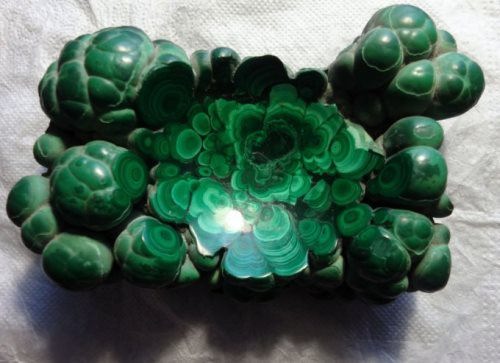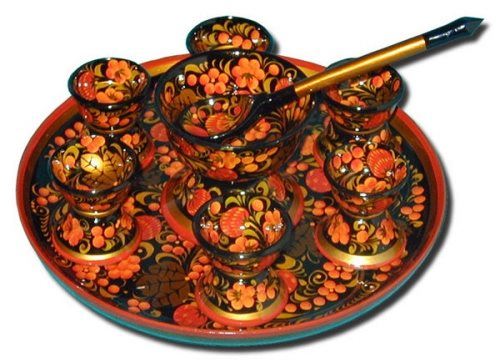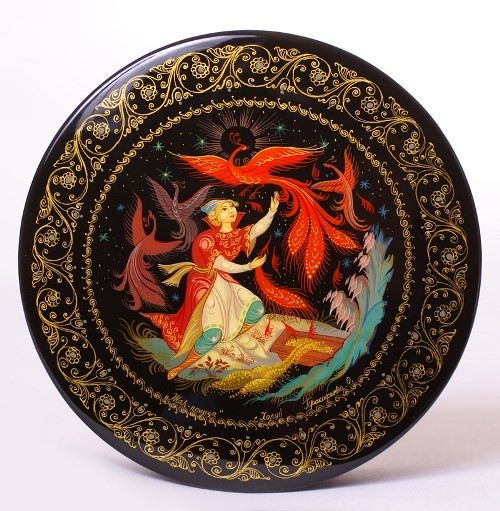Japanese Ceramics
Ceramic plates and tiles are made from clay. In general, ceramics are strong, although they may be brittle, or easily breakable. Today computer chips, cars, pens, and faucets may have ceramic parts. Dentists use ceramics to fix teeth.
The art of ceramics in Japan is one of the oldest and most popular of the arts. The State Museum of Oriental Art has a modest but valuable collection of about 2,000 items of ceramics and porcelain of medieval and modern Japan. Japanese ceramics were comparatively well developed as early as the second and first millennia В. C.
To the end of the first millennium В. C. is dated the earliest ceramic sculpture in Japan, the haniwa. Around the fifth century A. D. pottery technique from China and Korea became widespread in Japan.
More »




